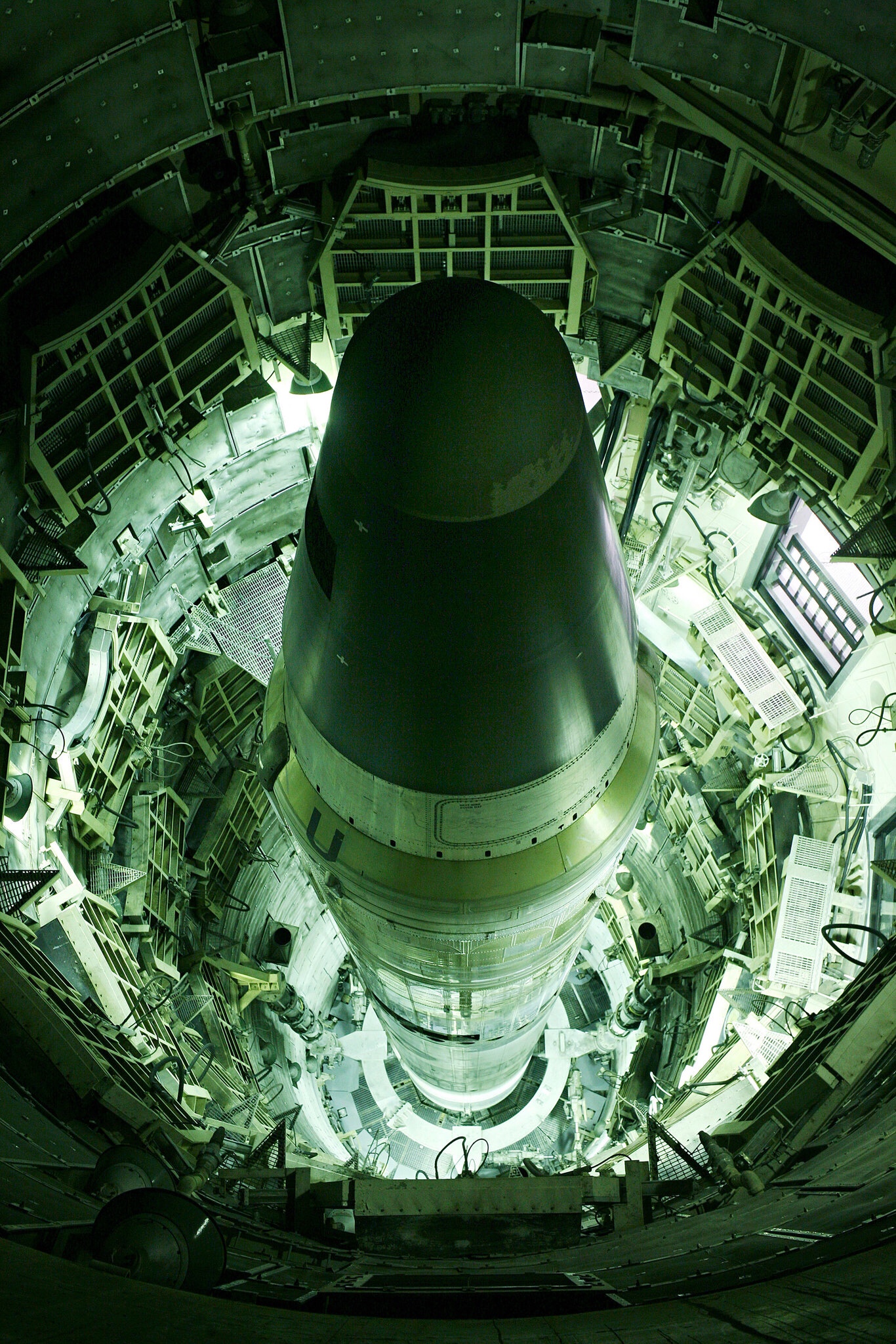 Is Nuclear War Inevitable?
Is Nuclear War Inevitable?Dec. 28, 2017
Nonfiction
THE DOOMSDAY MACHINE
Confessions of a Nuclear War Planner
By Daniel Ellsberg
420 pp. Bloomsbury. $30.
Donald Trump and Kim Jong-un trading threats with words like “fire and fury”; Pakistan deploying tactical nuclear weapons to counter Indian conventional threats; Russia enunciating an Orwellian doctrine of “escalate-to-de-escalate” that calls for early use of battlefield nuclear weapons; and major nuclear-weapons states modernizing their arsenals — nukes are back. The cruel irony: This is happening after eight years of a president who won the Nobel Peace Prize largely for his vision of a world free of nuclear weapons.
When the Cold War ended in 1991, nuclear weapons vanished from the minds of most Americans. Together with the Soviet Union, they were supposedly consigned to the dustbin of history. But the emergence of 21st-century nuclear threats — including the fear that terrorist groups will obtain this ultimate W.M.D. — has revived discussion about these devices of destruction. Among professionals, this debate can be found in government documents like the Defense Department’s Nuclear Matters Handbook and journals like the Bulletin of the Atomic Scientists. Popular books like Eric Schlosser’s “Command and Control” and David E. Hoffman’s “The Dead Hand” have exposed a wider audience to these topics.
No comments:
Post a Comment